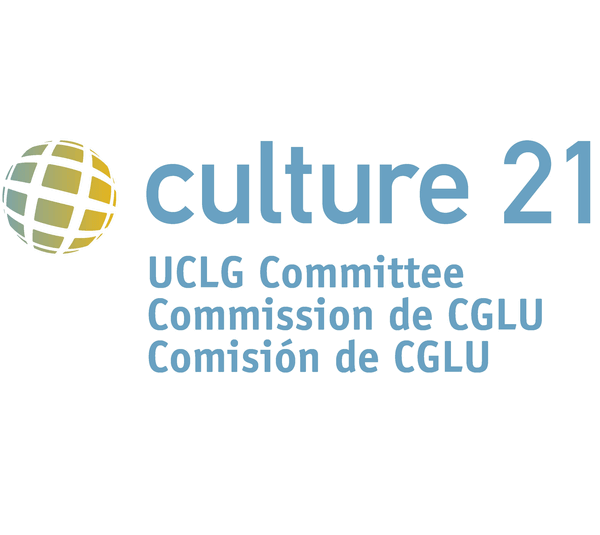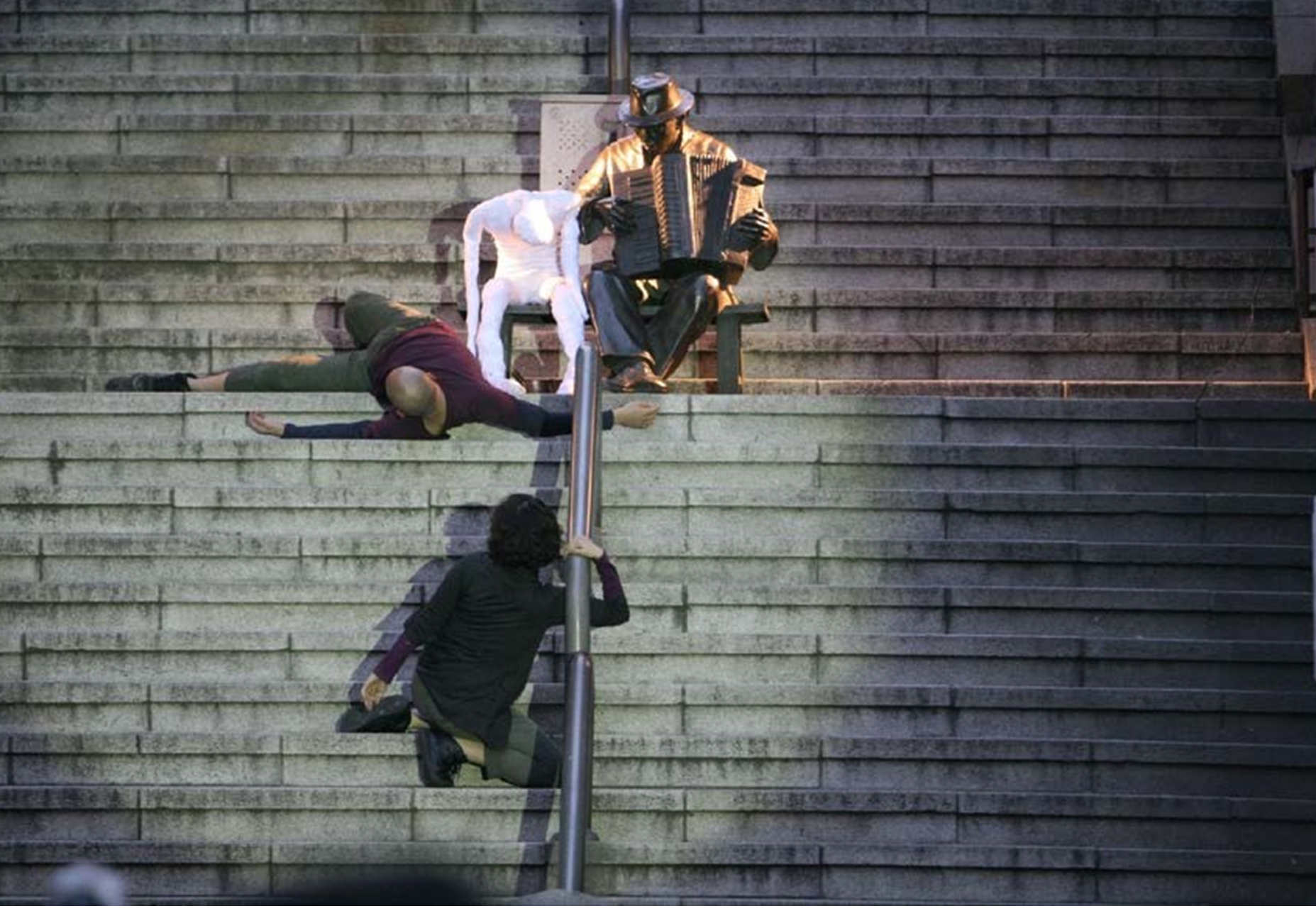 - © UCLG Culture 21
- © UCLG Culture 21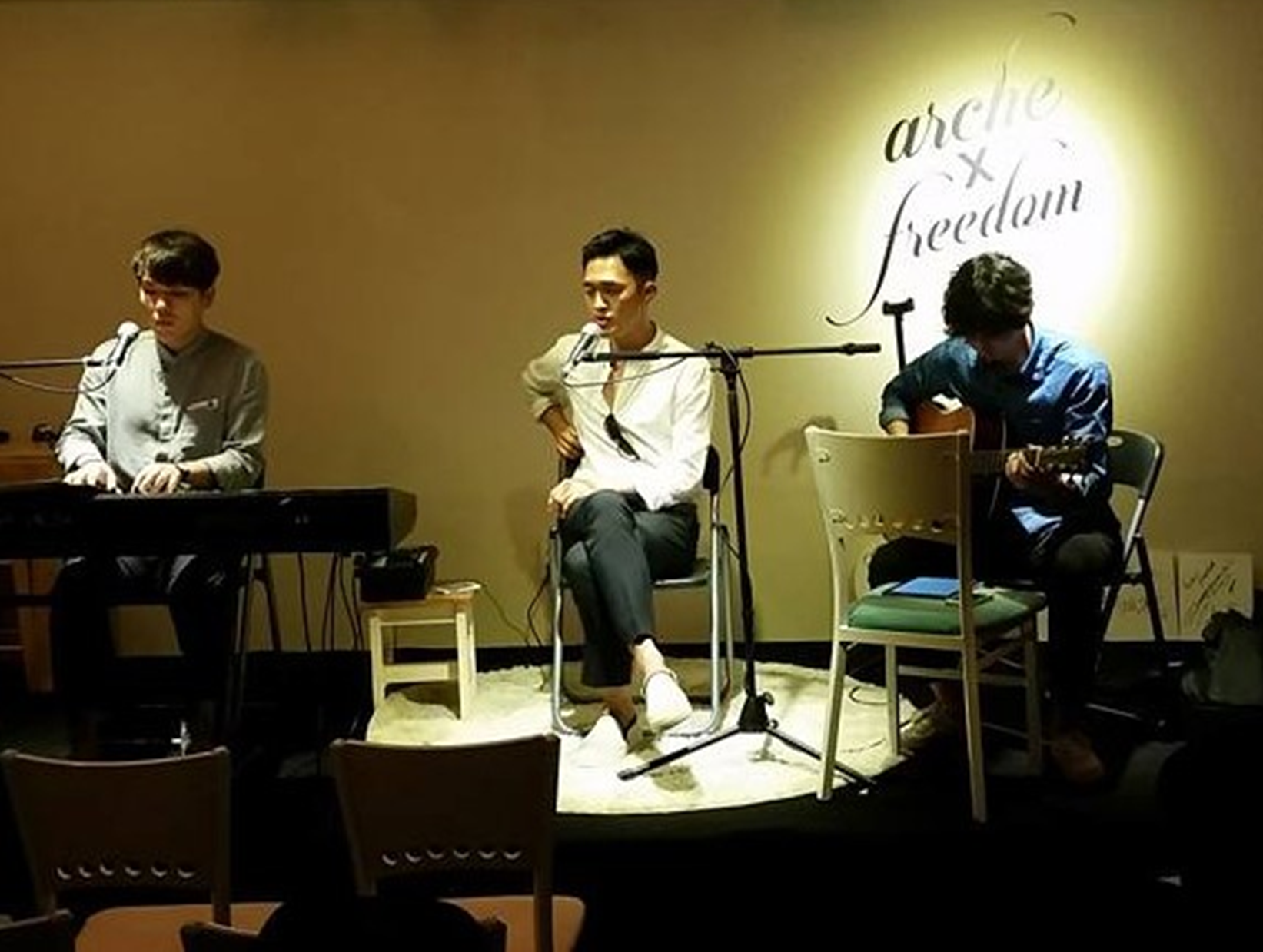 - © UCLG Culture 21
- © UCLG Culture 21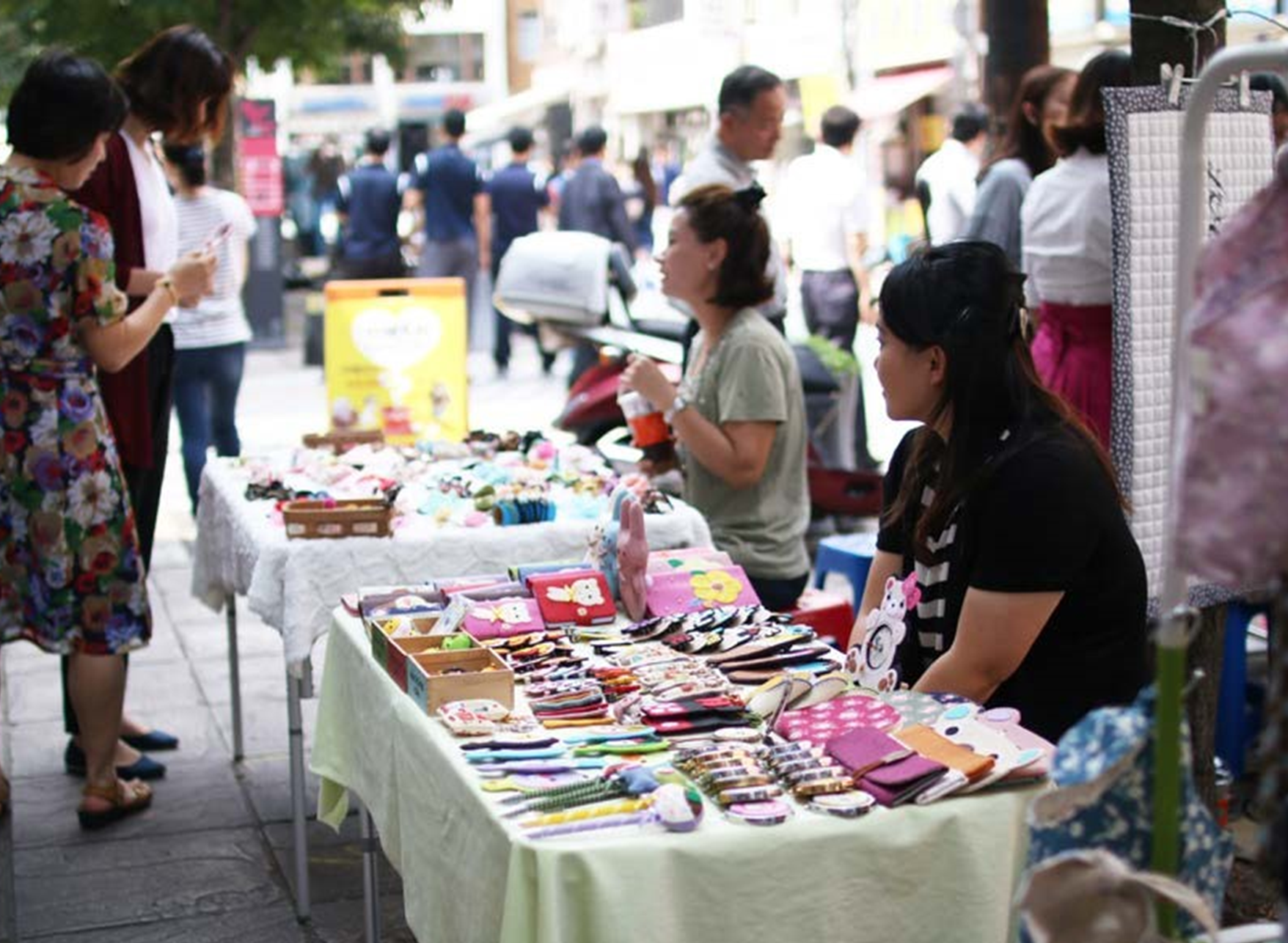 - © UCLG Culture 21
- © UCLG Culture 21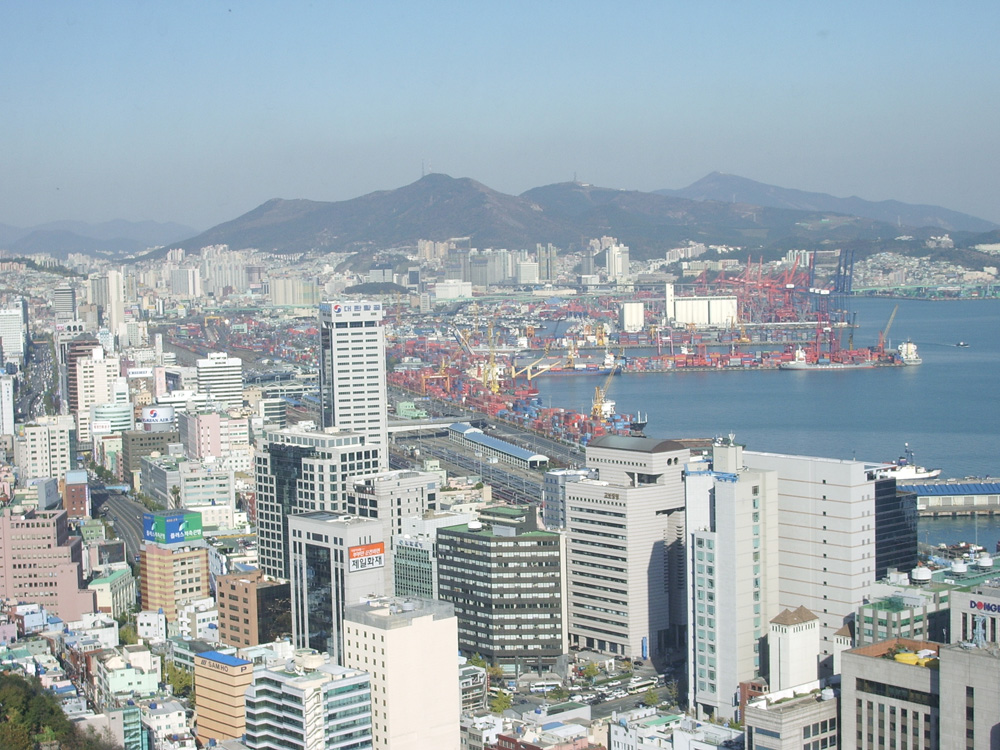 Downtown of Busan, South Korea - © Flickr: Downtown and Harbor
Downtown of Busan, South Korea - © Flickr: Downtown and Harbor
City
Busan
Main actors
City Government, Private Sector, NGO / Philanthropy
Project area
Inner City
Duration
Ongoing since 2010
Busan’s historic downtown culture cluster
TOTATOGA culture cluster is designed to strengthen the local cultural capacity and narrow the cultural gap between the many districts of Busan. With support from the City government, artists can use vacant buildings as studio spaces to create and host performances and exhibitions for citizens.
Approximately 100 art studios and printing companies have been established near ‘the 40-step stairway* in the historic downtown area. The neighbourhood has been transformed into a cultural precinct and demonstrates the successful collaboration between the City government, artists and residents. Cultural activities include festivals, street performances, flea markets, and educational programs to facilitate citizens’ access to culture and the arts.
*after the Korean War, refugees lived on top of the hill that is reached by the stairway and it has become a symbol of the war and peace
The historic downtown area of Busan, located in the Jung-gu District, has played a valuable role in facilitating foreign cultural exchanges since its port opened in 1407. In 1678, Choryang-waegwan, a residential area for Japanese living in Busan, was established to handle diplomacy and trade between Korea and Japan. These historical links are used as a resource in the TOTATOGA project.
The historic downtown area used to be one of the liveliest places in the city with major administrative offices and commercial buildings located there and it was a hub for transportation, media and publishing. During the Korean War, Busan served as a provisional capital of Korea and provided shelter for fleeing refugees and people from all regions of Korea came to escape the horrors of war. As a result, cultural diversity flourished. In particular, the Jung-gu District was a venue where dispersed families were reunited with their relatives. However, the district encountered a decrease in population and an increase in building vacancies after Busan City Hall moved to the Yeonje-gu District in 1999. This had a negative impact for residents and even saw an increase in crime.
In 2009, to alleviate the degeneration of the district, the City of Busan launched the Creative Village Project to promote urban regeneration through arts and culture. City staff organized a roundtable meeting with local artists, and it was agreed that the historic downtown area was the most appropriate location for the TOTATOGA project to be implemented.
The project started as a community program for residents, where participants learned to communicate and share with one another through painting and other artistic means. As a result, the historic downtown area started to restore its cultural heritage and reclaim its old glory. Naturally, the happiness and pride of residents increased.
The aim of the project is to make the city of Busan a place where culture is part of daily life and contributes to the city’s prosperity. To achieve this, the City government aims to focus on the cultural aspect of citizens’ lives, ensuring that culture becomes a resource for urban regeneration and the creative economy. The city supports various cultural activities to gain the public’s support and boost active participation among citizens. As a result, various cultural contents have attracted travellers to local tourist spots and increase revenue of the tourism industry.
The aim of the project is to provide stable cultural venues for rising artists and establish a cultural environment for citizens by utilizing vacant buildings and houses in the historic downtown area.
The TOTATOGA project has four specific areas of action.
- provide financial support for local artists so they can focus on their work.
- establish and expand a cultural network connecting citizens to educational art programs with local artists.
- utilize vacant buildings in the historic downtown area as venues for artistic activities.
- promote cultural exchanges to facilitate creative and artistic activities within the community.
The City has developed initiatives, including establishing art studios for local artists, planning daily cultural activities, (art and culture festivals, street performances and a flea market), and facilitates educational programs for citizens. In addition, many cultural activities are tailored to the needs of vulnerable people. The City also supports cooperative community activities between artists and citizens and among the artists themselves.
Starting with 35 venues in 11 buildings, the project has expanded to 74 venues in 22 buildings. 350 artists are able to create work without worrying about expensive rental fees. In addition, the City government is making a concerted effort to achieve the successful convergence between the historic downtown culture and the new cultural trends of other districts of Busan.
The City has asked building owners to rent spaces without requiring a deposit to reinvigorate the area. Since then, some owners have offered a discount of 15 to 20% on rental fees, which has proved to be a win-win strategy for everyone involved. Sparing the financial burden for artists has led to an influx of artists coming into the area. This has increased profits for building owners and has made culture and art more accessible to citizens.
The historic downtown area of Busan is being reinvigorated and people are flocking to the area, and the local economy is being revived.
The TOTATOGA project is a partnership between Busan Metropolitan City, the Busan Cultural Foundation and the Busan Culture and Art Education Federation (BCAEF). The first phase started in 2010 as a three-year project. The second phase was successfully completed in 2015 and now the third phase is in progress.
The city continues to offer a budget ranging from about 257,000 to 290,000 €. In addition, Busan enacted an ordinance to solve the problem of gentrification which was caused by the rise in rental fees in the old downtown district and currently is making every effort to secure a budget to establish an anchor facility (€1.326 million in 2017) to prevent the fees from rising.
Community projects are usually led by the government. However, the Busan Metropolitan Government chose to take a back seat approach and let the BCAEF come up with the detailed operational methods for the project, taking a public-private cooperation path. The city fully sponsored operating expenses, but never interfered.
Impact on the local government
Before TOTATOGA, policies that addressed urban problems focussed mainly on re-development by means of construction works, whereas TOTATOGA uses arts and culture as a means of urban renewal. The project is now regarded as a benchmark for other cities in addressing problems associated with old/historic downtown areas that are turning into slums.
Impact on culture and cultural actors of the city
As most art studios were previously located in isolated places and buildings, citizens didn’t have easy access to cultural content. Upon implementing TOTATOGA, the historic downtown area has become a space for artists and citizens to share cultural values. In addition, the successful outcomes of the project have shown that arts and culture can provide solutions for some of the problems of the city. People in the arts and culture industry now regard themselves as key players in the development of their city by participating in city policies.
Impact on the city and its population
Artists in various cultural fields such as literature, painting, crafts, music and dance now live in the area, changing its atmosphere. The area has become one of the most famous tourist attractions in Busan. The residents are proud of their neighbourhood and appreciate how art and culture has enriched their lives.
The project received the grand prize for Korea’s local culture brand from the Ministry of Culture, Sports and Tourism as it was recognized as a new model for regional regeneration by reinterpreting urban history and utilizing cultural resources in the region.
Ironically, the success of TOTATOGA presented the City government with a new challenge. With higher incomes being generated in the historic downtown district, rental fees began to increase and brought with it ‘gentrification’. Eventually, the City decided to protect the cultural assets of the area by discussing policies with building owners, artists, experts and cultural agencies, such as the BCAEF.
TOTATOGA has become an exemplary case in cultural planning and urban regeneration. Civil servants working in culture-related departments, including cities in Korea, Japan and Germany, have visited Busan to learn about the project.
Report on "Totatoga"
The Official Website of Busan Metropolitan City: https://english.busan.go.kr/index
External links / documents
On Map
The Map will be displayed after accepting cookie policy
